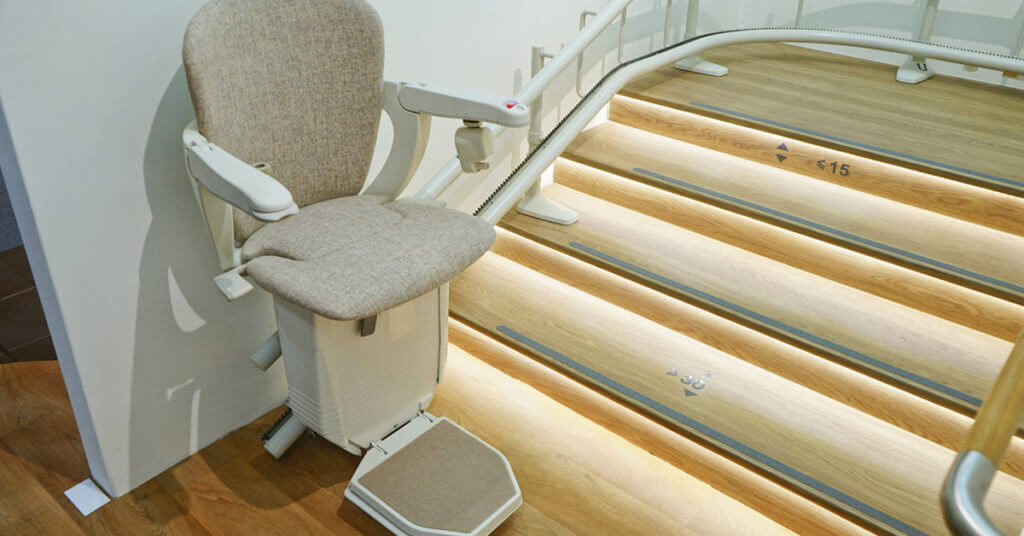Being able to easily access the features in your home helps to keep an independent lifestyle. Whether you’re moving into a new home or your mobility needs are changing, there are elements of your home which may need adjustments over time. These changes, whether they are big or small, can make everyday life easier and safer. Below are several things which often need to be adjusted to maximize the level of mobility within your home.
- Stairs
While outdoor stairs are often replaced by ramps, a different approach is usually needed indoors. To safely get to the other sections of your home, platform or stairlifts can be installed. These can work with existing inclines or stairs to safely transport both the wheelchair and user to where they need to go. - Doors
There are several features of doors and doorways which can be modified to increase their level of usability. The size of the doorway itself may need to be enlarged to accommodate mobility devices such as wheelchairs or scooters. There are also sensors and automated door systems which can be installed, working together to open the door when someone comes near. - Bathtubs and Showers
While most homes do not come standard with accessible bathrooms, there are several different types of conversions that can be made to existing showers and tubs making them safe for use. In-shower seats, grab bars, and detachable shower heads are just a few of the available features which can help to easily and safely take a shower. A contractor will be able to make a recommendation on what changes should be made, based on levels of mobility and desired features. - Sinks
There are several options to create a sink which allows a wheelchair to easily roll underneath for use. When possible, sinks without a base can be hung on the wall to allow wheelchairs or scooters to easily fit underneath them. Existing vanities can be replaced with removable cabinets, which create a reinforced wall to rest the sink on. Vanity cases can then be removed when ready to be used, then replaced when done. - Shelves and Cabinets
Existing shelving units or cabinets can be fitted with equipment that allows the shelves to be pulled out and down, making the contents easy to reach from any height. Cabinets on the ground can be converted to have shelves which roll out, making it easy to reach the items even in the very back. Drawers can also easily be made to be self-closing, simply by replacing the existing track they sit on. - Closets
With so many available organizational options for closet systems, it is easy to customize your closet to fit your needs and style. Wall closet systems are almost always easier to use, as “walk-in” closets must be able to accommodate the turning radius of a wheelchair to fully use. To easily access clothes, automated or manual pull-down rods can easily be installed, eliminating the need to stand or reach up high.
Regardless of the aspects in your home which may need adjusting, it can be very helpful to speak with a contractor. Most have years of experience in converting homes to be fully accessible and know of the most up-to-date technology that exists. They can work with you to take into consideration not just your current needs, but what you may need in the upcoming years as well. They can work together with you to create a home that you can fully use and love for years to come.
Home Accessibility Equipment
For more accessibility options, see our selection of home modifications at MobilityWorks @ Home:

